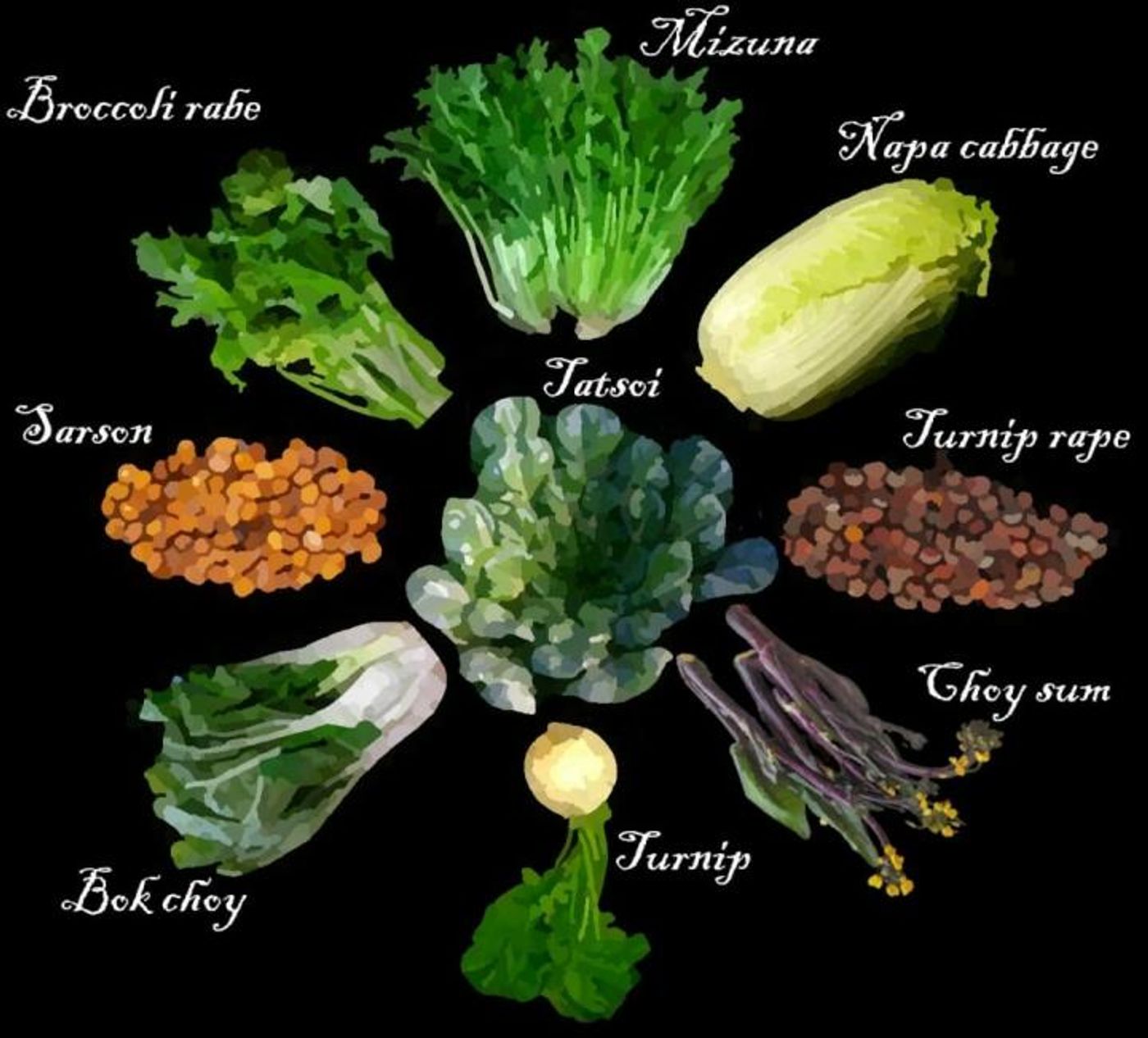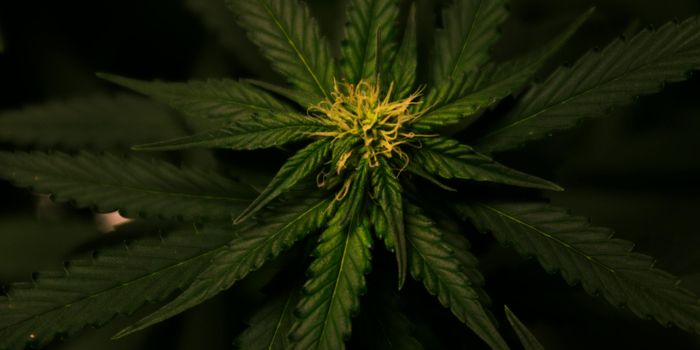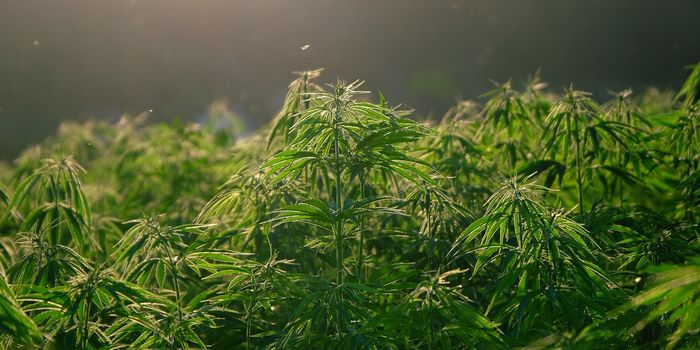A Look Back at the Evolution of Greens
Before wild plants could be easily grown as crops to produce the delicious foods that we're all familiar with, they had to be domesticated. Luckily, people that came long before us did that work, and our grocery stores are now filled with fruits and vegetables that have uniform shapes, recognizable colors and smells, and tasty features. However, as we domesticated wild foods, we also lost many varieties of them. As such, researchers have been trying to conserve the wild and so-called heirloom foods we still have, as well as learn more about the domestication history of familiar fruits and vegetables.
Researchers have recently learned more about the domestication of a plant called Brassica rapa, which eventually gave rise to turnips and leafy greens including Napa cabbage and bok choy, as well as seeds for oil.
The researchers have revealed that Brassica rapa plants were probably first domesticated as root vegetables like turnips somewhere between 3,500 and 6,000 years ago in the Hindu Kush mountains near what's now Afghanistan. Using comparative genomic analysis, they created an evolutionary tree of Brassica rapa species. The findings have been reported in Molecular Biology and Evolution.
"It's important to know where your crops are from," said first study author Alex McAlvay, Ph.D., now an assistant curator of economic botany at The New York Botanical Garden who performed the study as a graduate student. "In this work, we had a broader data set than had been used previously. And we also had more wild collections than had been used previously. Having enough of those non-cultivated forms allowed us to distinguish between those feral or escaped weeds and the ones that are likely truly wild."
The study suggested that wild relatives of Brassica's vegetable crops were found in the Caucusus region as weeds. Then in Europe turnips were selected, as well as in East Asia where later varieties were chosen for their larger leaves, and they became broccoli rabe, Napa cabbage, and bok choy that people now commonly consume. Other farmers chose varieties that generated oil-producing seeds.
"That parallel selection for leafy forms is interesting and gives us an evolutionary system to compare how this leafiness trait can arise," said McAlvay.
"We might want this information in order to conserve those wild relatives, so they don't disappear in the course of habitats being lost. And domestication is a good way to study evolution in general," noted senior study author and University of Wisconsin-Madison Professor of Botany Eve Emshwiller. "If we understand how crops evolved under human influence, that can help us extrapolate to how wild plants might evolve under different kinds of selection."
There is some cultural evidence to support these findings; a language that is an ancestor of those in the Hindu Kush region has a word for turnip, and some ancient texts refer to these vegetables.
Sources: AAAS/Eurekalert! via SMBE Journals, Molecular Biology and Evolution









